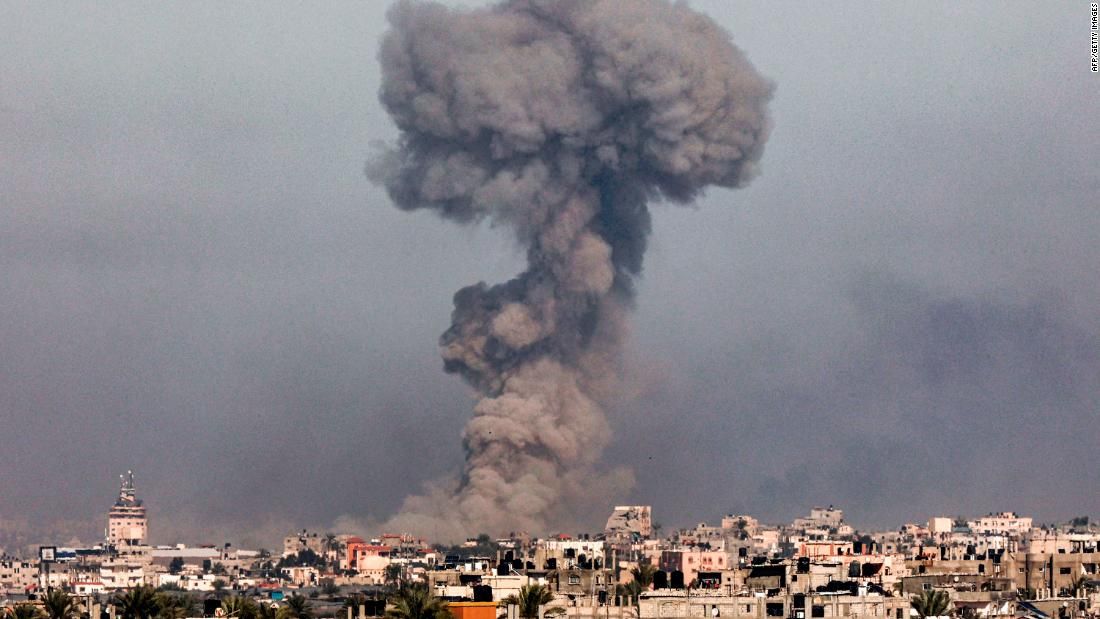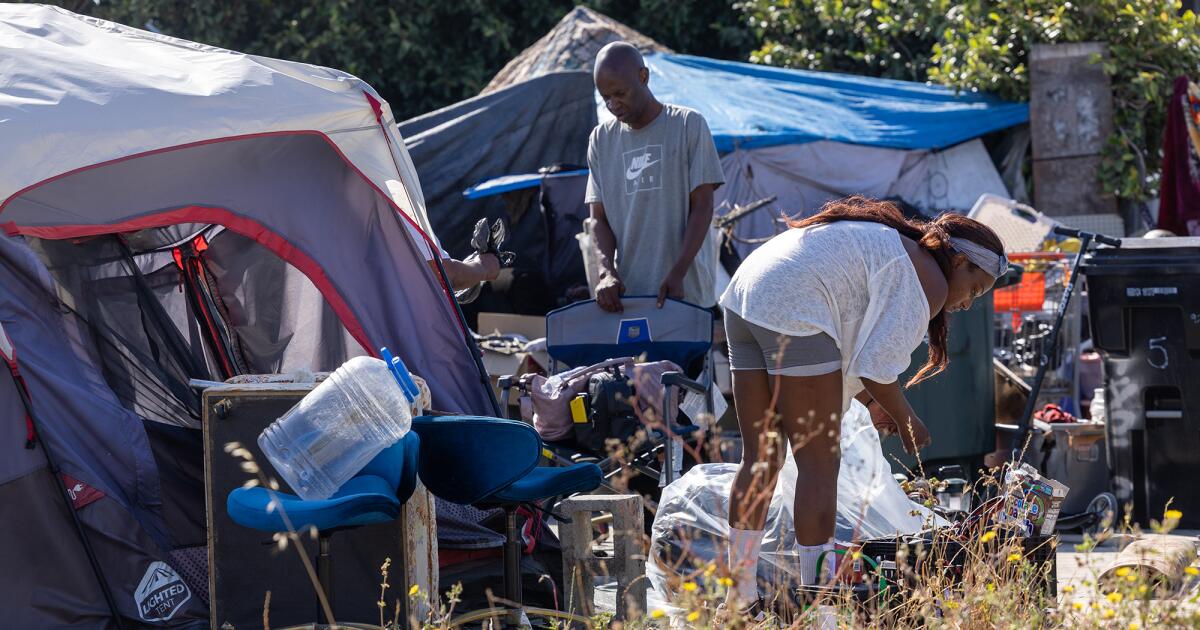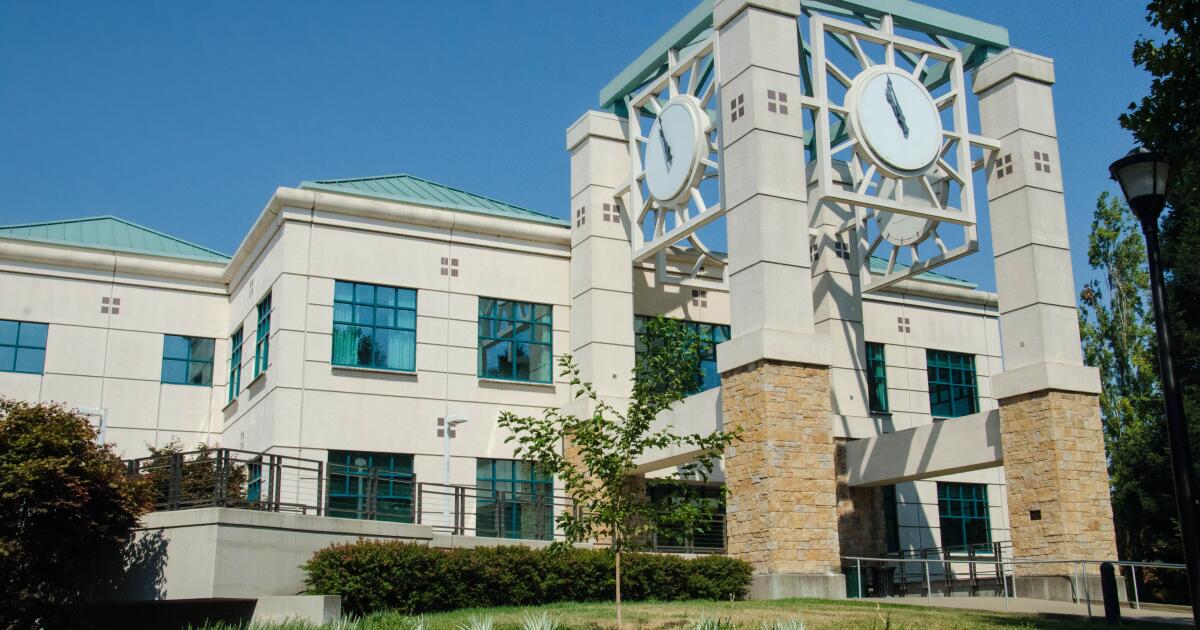Editor's note: CNN reported from Gaza under the escort of the Israel Defense Forces at all times. As a condition for journalists to join the IDF, media outlets must send footage filmed in Gaza to the Israeli military for security review. CNN did not submit its final report to the IDF and retained editorial control.
On the streets of Khan Younis in southern Gaza, the scars of war are clear.
The city's severely damaged buildings bear witness to some of the fiercest fighting that has taken place in the nearly 100 days since the devastating Hamas attacks on October 7 that killed more than 1,200 people and sparked Israel's war in Loop. In the more than three months since then, at least 23,357 people have been killed in Gaza, according to the Hamas-run Health Ministry. CNN cannot independently confirm these figures due to the difficulty of access to Gaza for international media.
But the carnage above ground tells only half the story of the Israel Defense Forces' effort to drive Hamas out of a city it has described as a “main stronghold” of the militant group.
It is underground, in Hamas's massive networks of tunnels that, according to the IDF, extend for miles in all directions, that its soldiers face a task with no obvious parallel in modern military history.
Dan Goldfus, IDF division commander, told CNN International Diplomatic Editor Nic Robertson that he believes some of the more than 200 people taken hostage by Hamas on October 7 were being held in tunnels under the heart of Khan Younis, including some of the 106 still believed. be in Gaza.
Some of the tunnels are 60 meters deep (almost 200 feet), according to Goldfus. Some are wide and others are narrow. Penetrating them is a notoriously dangerous task.
LOOK AT THE REPORT:
Goldfus says the biggest problem his troops face is the “multidimensional” nature of the fighting “on all fronts.”
“We are maneuvering underground to reach each and every one of the terrorist formations, each and every one of the militants,” he said.
He led a CNN team on a tour that illustrated the complexity of the task.
The tour took the team up a metal ladder and two flights of stairs, with wiring visible at all times, to about 50 feet (15 meters) underground.
The CNN team descended more than 20 meters (65 feet), taking steps into a complex network. However, when asked how deep this tunnel was, Goldfus replied, “This is not a very deep tunnel.”
Some, he said, are almost three times as deep.
Branching off from the side of the tunnel that CNN entered, the ceiling was so low that it was impossible to stay upright. And at the end there was a small room with a metal frame around the door.
It is in small rooms like this that some of the hostages kidnapped by Hamas are kept, Goldfus says.
It is a grim and unforgiving place for anyone, whether hostage or soldier, but Goldfus says the IDF will continue its fight until Hamas is eliminated.
This week, the IDF claimed to have completed the dismantling of Hamas's command structure in northern Gaza and said it was shifting its focus to southern and central Gaza.
Goldfus knows his work is far from over.
“If we give in to Hamas, we give in in this area, it must be understood, and I believe that no sovereign state would accept something like that,” he says.
He believes the IDF's goals are clear:
“The enemy has drawn us in, drawn us in by massacring our people, and we know very clearly why we are here and what we are doing. And I believe we are here to do the job to the end.”












